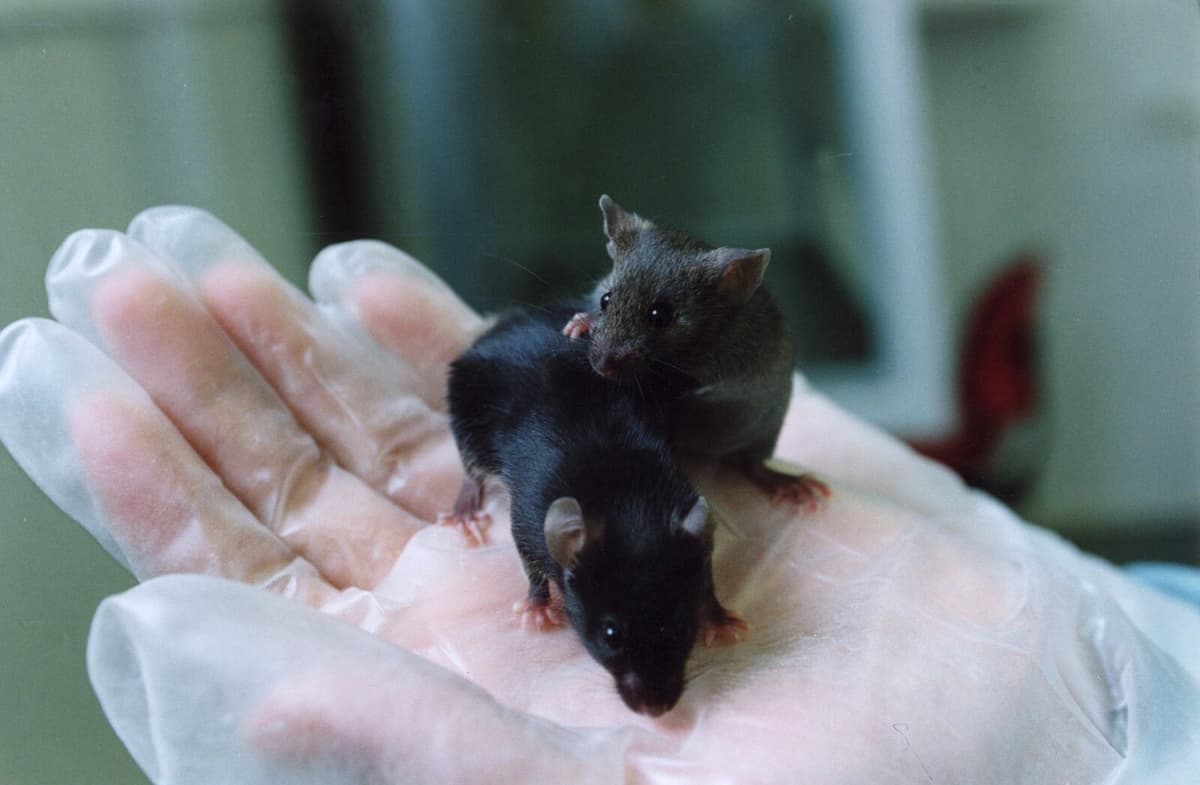That animals can flee from or otherwise avoid a threatening situation is crucial for their survival. To take a closer look at how mice behave, British researchers have studied several small groups of mice in a laboratory environment.
Each group consisted of two male mice and two female mice, and the researchers observed them for five hours. A total of around 3,000 interactions were observed.
In principle, all males displayed some aggression towards the other male, but in almost all groups, one of the males was more aggressive than the other.
The researchers discovered that when one of the males made an aggressive move towards the other, the threatened male would run to one of the females. The aggressive male would chase after, but then became distracted by the female and often broke off the aggressive approach.
The more aggressive male would instead start interacting with the female, and the situation would "calm down". Other types of behavior could temporarily calm the situation, but then led to the males starting to fight.
When one of the females was drawn in, it often led to the male who initiated the fight continuing to interact with her, and the males would then keep their distance from each other.
The researchers, who have published their results in Plos Biology, write that although this method avoids fights, it can be negative for both the threatened male and the female. This is something the researchers want to investigate further.





